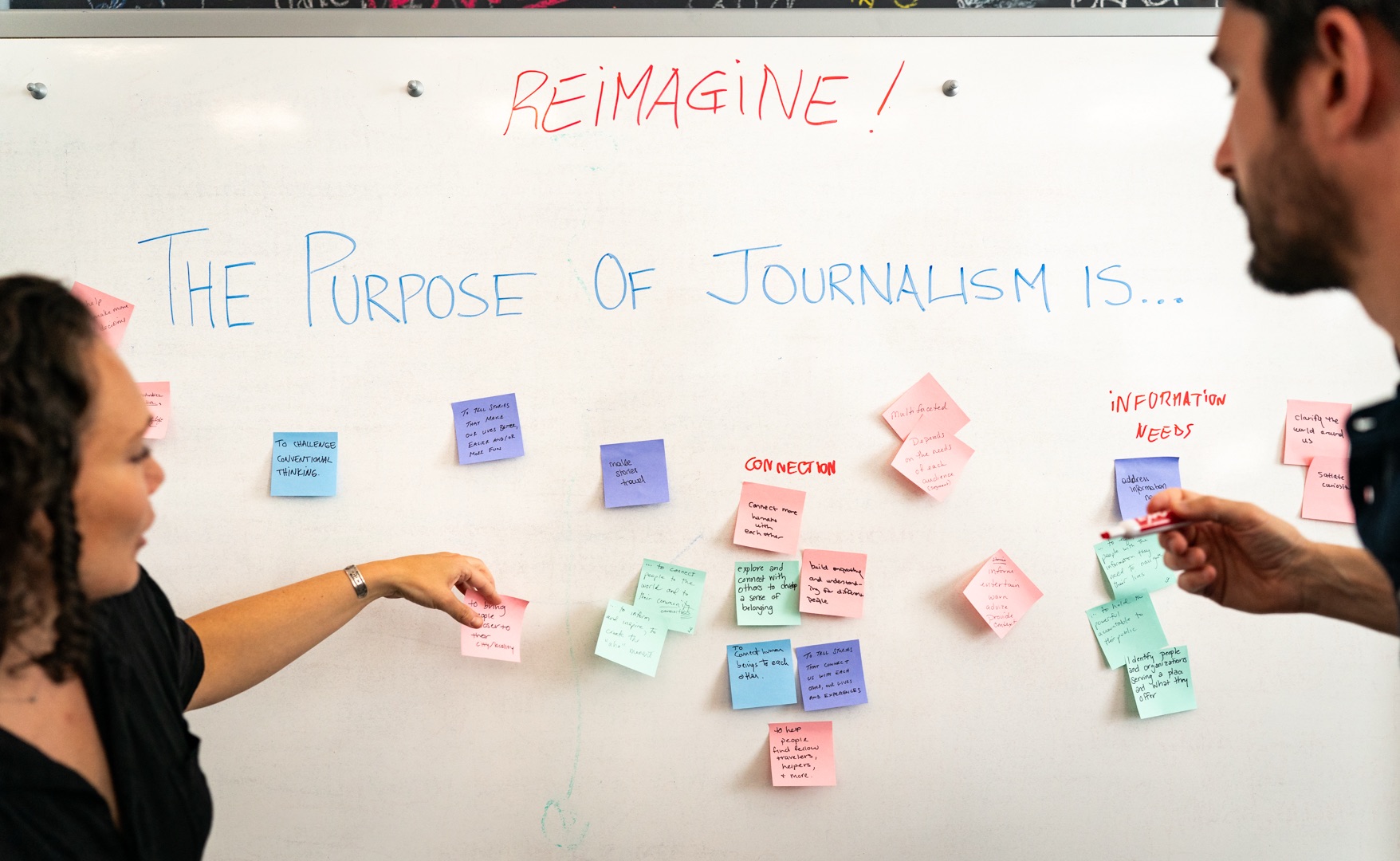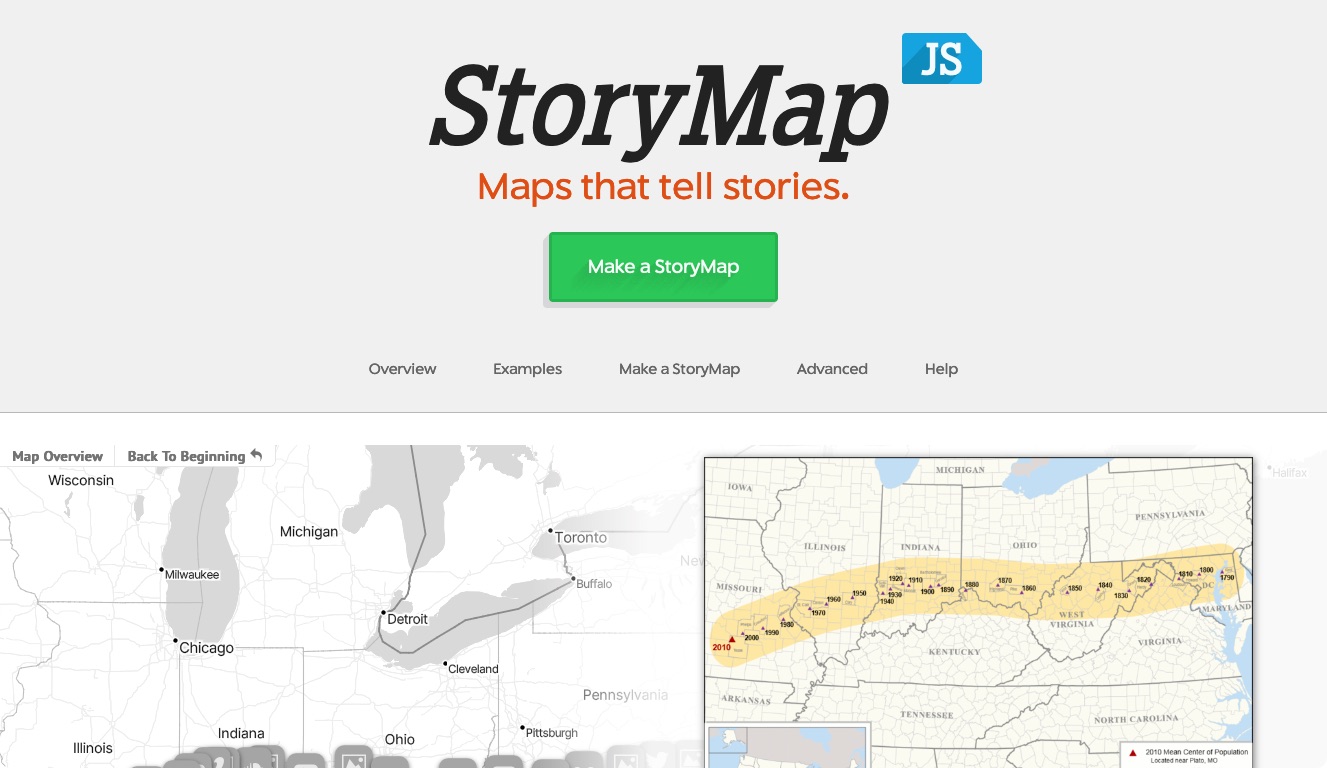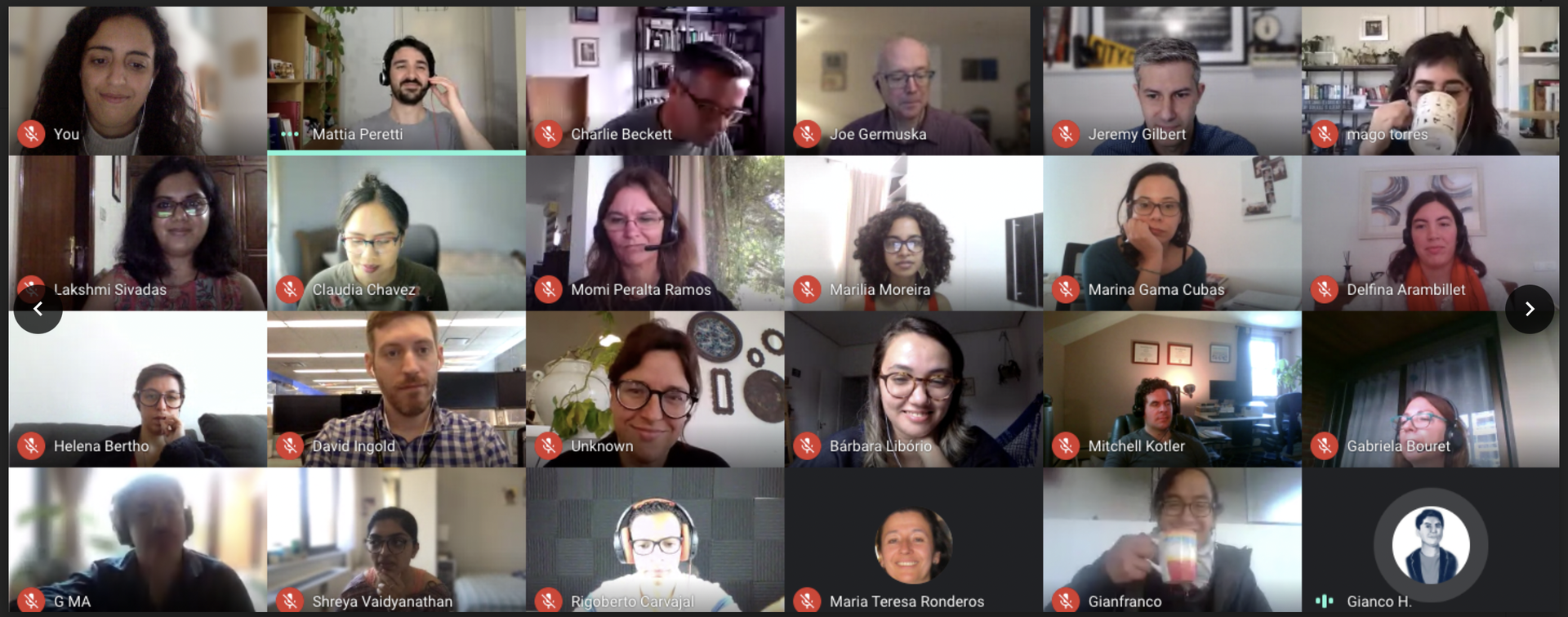Odds are, you’ve read more than a handful of listicles.
They proliferate social media, they’re sweet and short (but short on nutrition), and in a culture of distraction, it's hard not to love a numbered article.
This October, I facilitated a session at Mozilla Festival, seeking to discover where these listicles belong "serious" news reporting.
The proposal might sound strange considering that most listicles are headlined with some variation of “50 hottest …” “8 simple steps …” or “The Best and Worst….” Not exactly normal fodder for news reporting.
But news has been adapting since its invention — from printing presses to radio to TV to digital. Listicles aren’t likely going away any time soon.
So why not give the approach a go?
The MozFest test
All this fretting over listicles boils down to the same thing: news deserves to be known. And if making sure the news is read means compromising some paragraphs, couldn’t it be worth it?
As my MozFest session discovered, the answer isn’t yes or no. It’s complicated.
During MozFest, I asked groups of two to three people to take a traditional news article and find a way to tell the same information in a listicle format. I didn’t want a complete retelling, but a new approach that could summarize the most important content and give the reader a jumping-off point if they wanted to learn more.Just because it’s easier to read a listicle, doesn’t mean it’s easier to write one.
At the end of the session, the participants presented their freshly-curated listicles. About half the groups found success with the approach, by using timelines, questions and numbered items to engage the reader with their content.
The other half, however, concluded that a listicle could not appropriately share the news.
And that’s okay.
I had given some groups articles that were financially or politically complex, or touched on topics that would be insensitive to relay in a list format. These groups decided that a listicle approach wouldn’t work for that particular story and they brainstormed other ways to make the content more engaging through graphs, video explainers or a drop-down menu for sections of the article.
A key takeaway from the session is that the effectiveness of a news listicle depends not just on how well it is done, but on the subject matter itself. Several attendees concluded that just because it’s easier to read a listicle, doesn’t mean it’s easier to write one.
Structured news, digestible news.
While researching my session, I read about how our working memory needs sensible structure to retain information. We simply understand better when there’s an organized format with a start and an end. Listicles do just that.
They aren’t always going to work, as the MozFest session proved. But they can be used by news organizations to their advantage, which many already do. See the Washington Post's “9 questions you were too embarrassed to ask about Syria” and Vox's “6 biggest myths about ebola” for two great examples.
I don’t believe listicles should overtake traditional news storytelling. But I know that people are lazy, busy and bored. If we’re scrolling through our newsfeed with three minutes to spare, we’re probably going to click on “X number of things you didn’t know,” rather than “This important thing happened in a lot of paragraphs.”
If we can find ways to present the news in a more engaging, digestible format, we can reach a whole segment of the population that otherwise would have never been informed. Used effectively, listicles can benefit a reader’s comprehension and the increase likelihood of being shared, thus reaching a greater audience. Used inappropriately, the listicle could be a disservice to the story.
Ultimately, Listicles are just one of the latest additions to a long line of storytelling developments. They certainly won't be the last. It's important to be aware of how a new format or tool can enhance the story — and how it falls short. Regarding any of these new formats, and listicles as well, we should ask: Would this change improve the audience's experience? Am I doing the story justice?
The only way to move forward is to experiment with the new.
About the author





